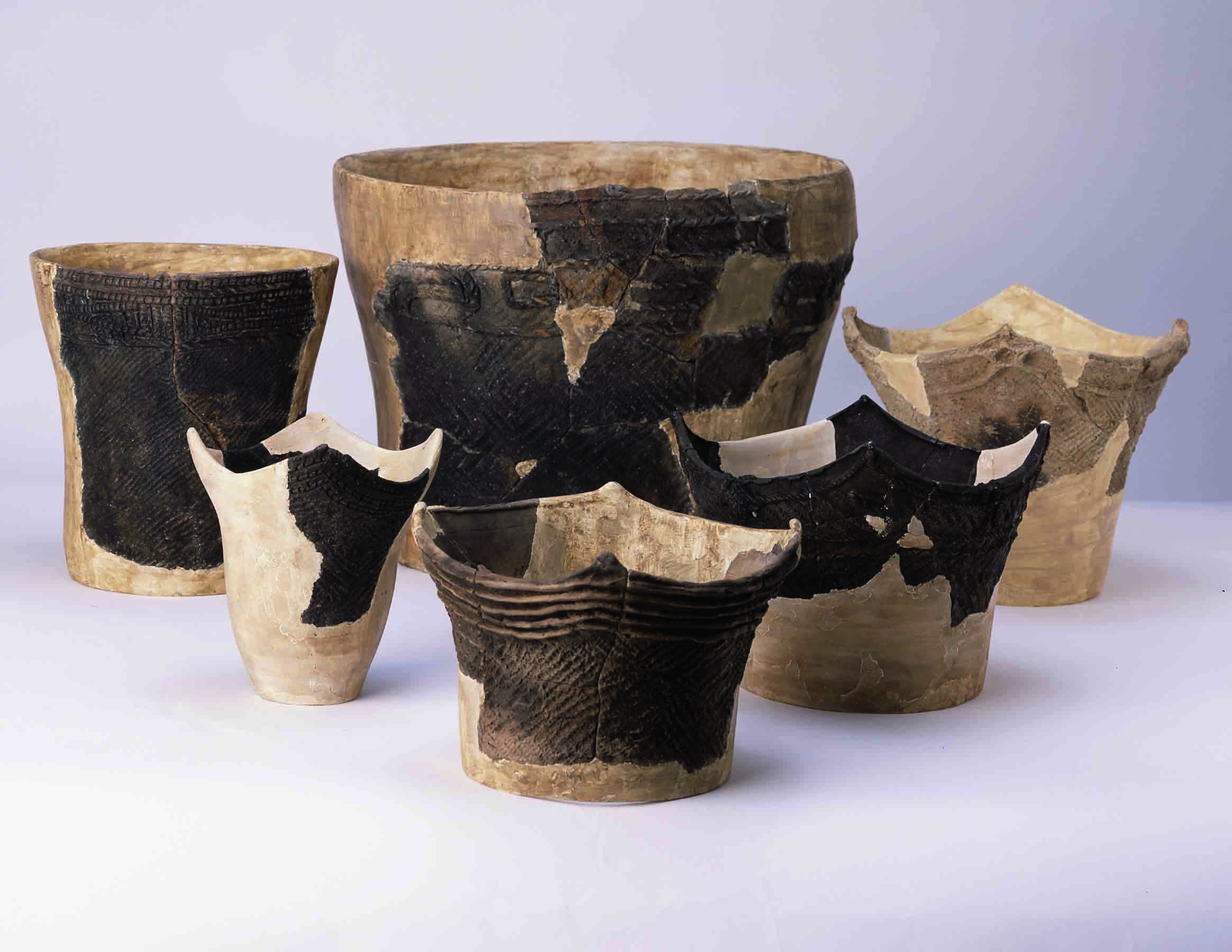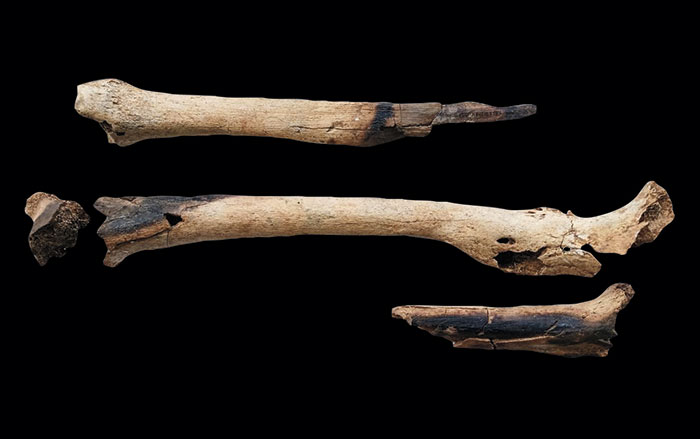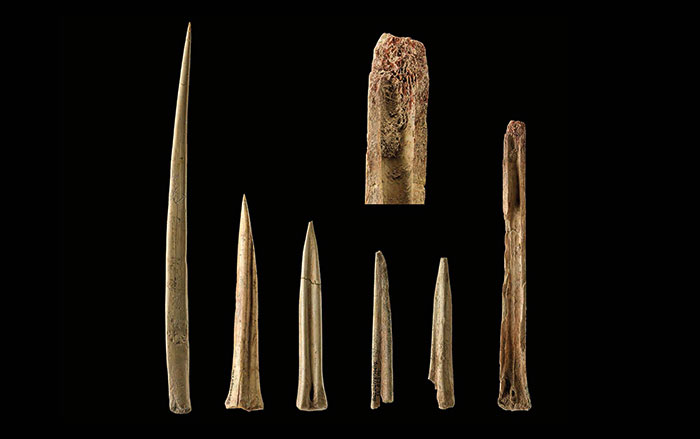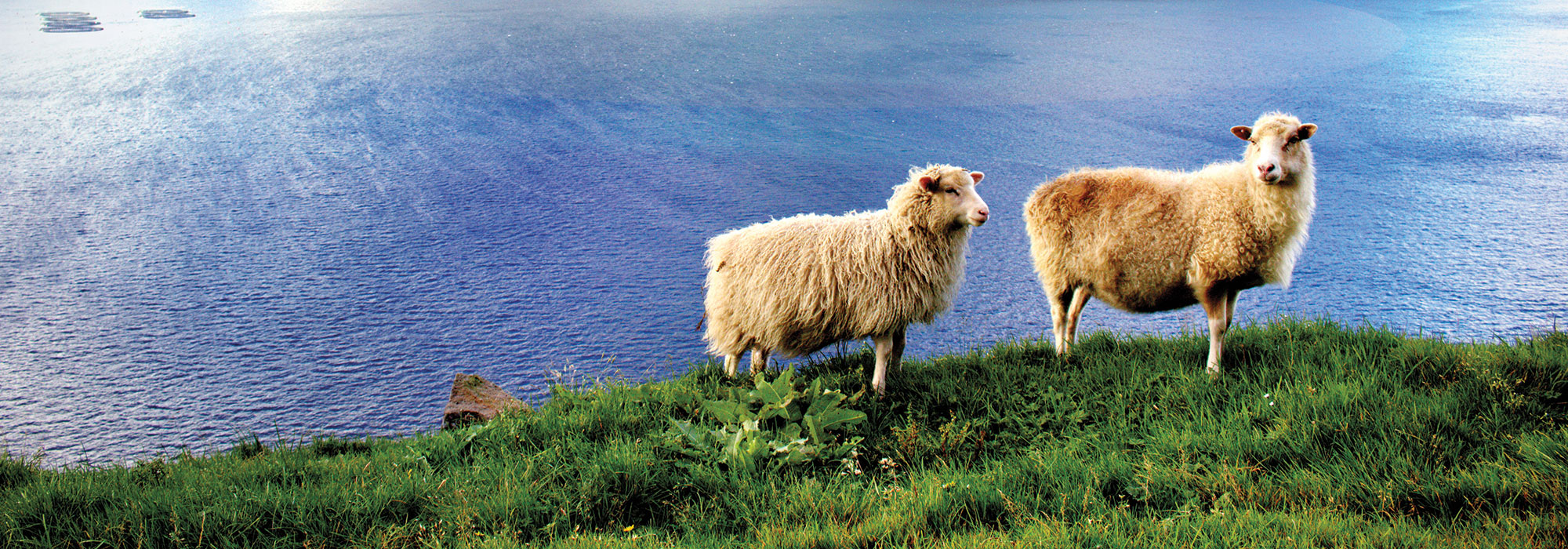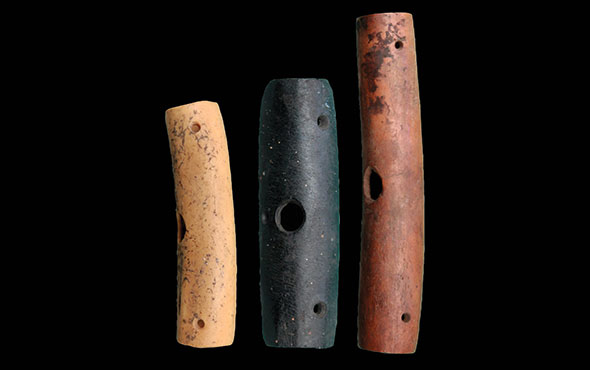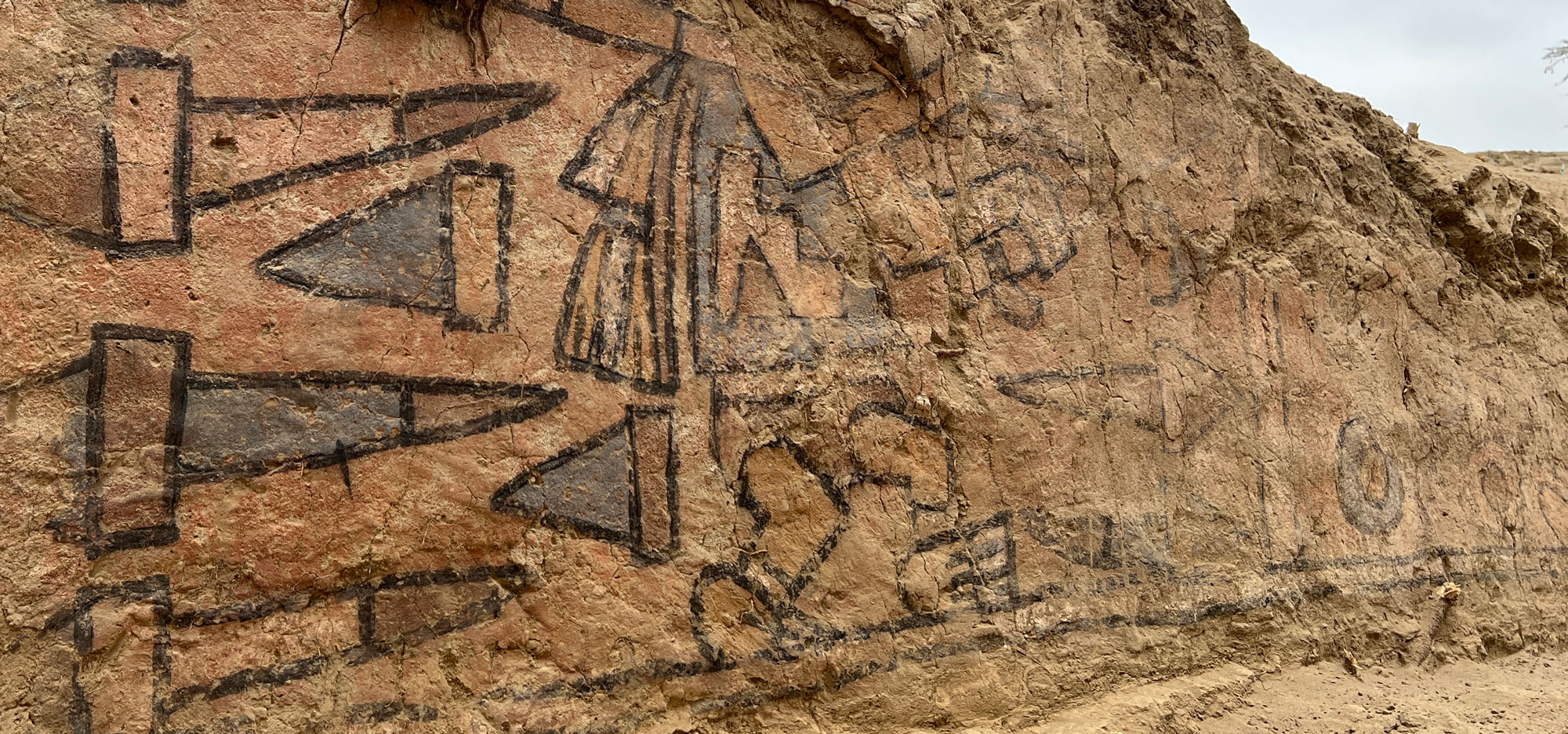
KUNMING, CHINA—According to an AFP report, a new genetic study of a mitochondrial DNA lineage suggests that people from northern coastal China were among the first migrants to arrive in the Americas. Molecular anthropologist Yu-Chun Li of the Kunming Institute of Zoology and his colleagues analyzed modern and ancient genomes from across Eurasia, searching for D4h, an ancient mitochondrial lineage found in populations in Bolivia, Brazil, Chile, Ecuador, Mexico, and California. They identified 216 modern people and 39 ancient ones who carry the D4h lineage. Through analysis of the number of mutations that had occurred in the DNA over time, geographic locations, and carbon dating, the researchers were able to trace the origins of the D4h lineage and track its history. “Our findings indicate that besides the previously indicated ancestral sources of Native Americans in Siberia, northern coastal China also served as a genetic reservoir contributing to the gene pool,” Li explained. These people traveled from northern coastal China in two waves: the first, between 19,500 and 26,000 years ago, during the last Ice Age, and again between 19,000 and 11,500 years ago, during a melting period, when some members of this group also settled in Japan. Similarities have also been observed in artifacts made by peoples living in the Americas, China, and Japan at this time. “However, we don’t know in which specific place in northern coastal China this expansion occurred and what specific events promoted these migrations,” Li concluded. Read the original scholarly article about this research in Cell Reports. For more, go to "Destination: The Americas."


